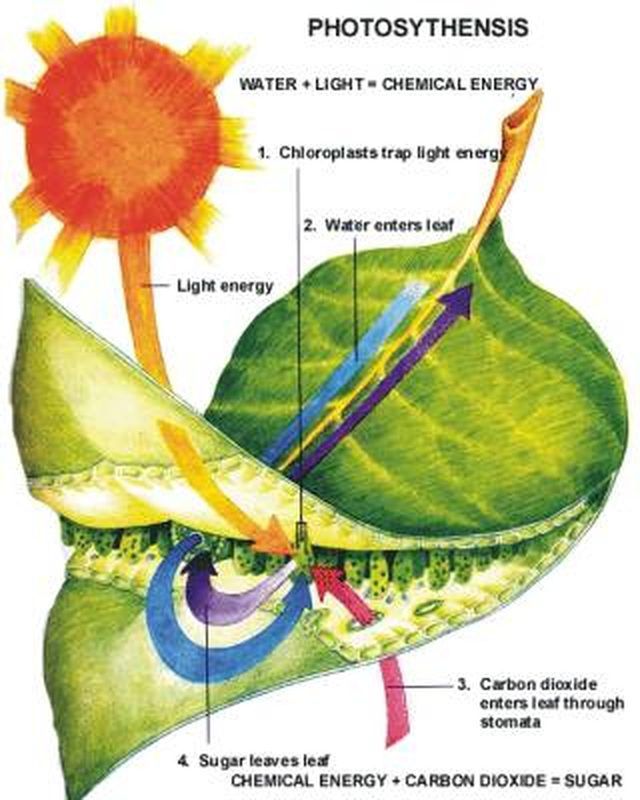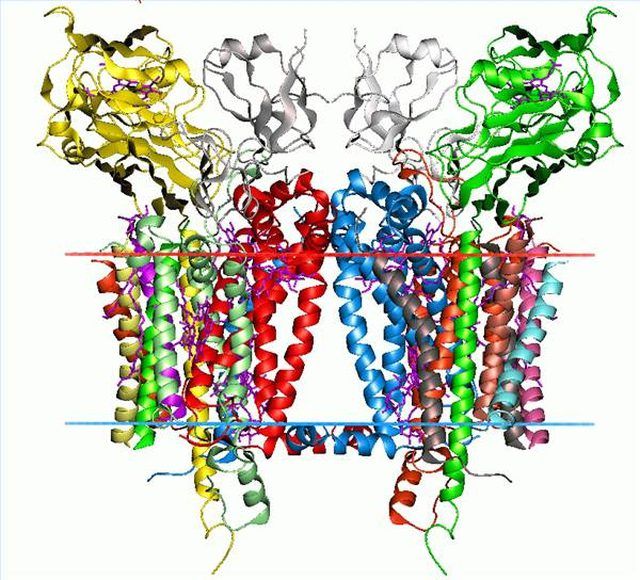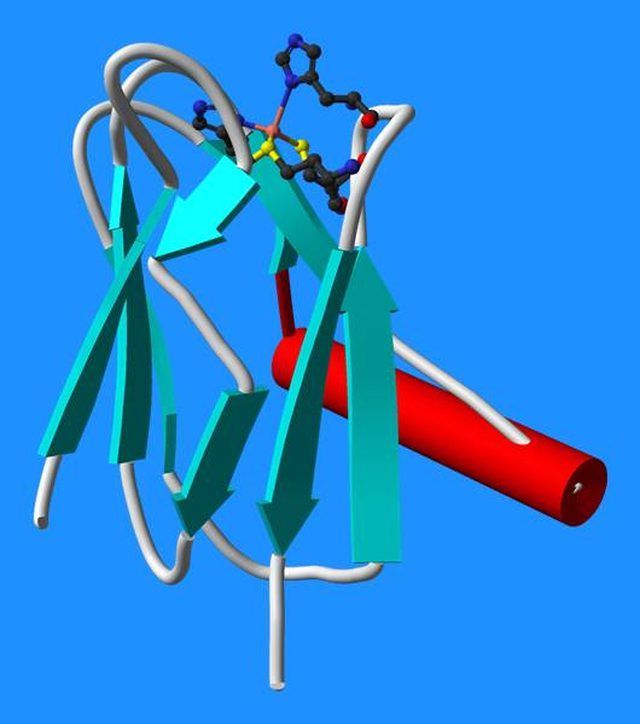Bulbs
Flower Basics
Flower Beds & Specialty Gardens
Flower Garden
Garden Furniture
Garden Gnomes
Garden Seeds
Garden Sheds
Garden Statues
Garden Tools & Supplies
Gardening Basics
Green & Organic
Groundcovers & Vines
Growing Annuals
Growing Basil
Growing Beans
Growing Berries
Growing Blueberries
Growing Cactus
Growing Corn
Growing Cotton
Growing Edibles
Growing Flowers
Growing Garlic
Growing Grapes
Growing Grass
Growing Herbs
Growing Jasmine
Growing Mint
Growing Mushrooms
Orchids
Growing Peanuts
Growing Perennials
Growing Plants
Growing Rosemary
Growing Roses
Growing Strawberries
Growing Sunflowers
Growing Thyme
Growing Tomatoes
Growing Tulips
Growing Vegetables
Herb Basics
Herb Garden
Indoor Growing
Landscaping Basics
Landscaping Patios
Landscaping Plants
Landscaping Shrubs
Landscaping Trees
Landscaping Walks & Pathways
Lawn Basics
Lawn Maintenance
Lawn Mowers
Lawn Ornaments
Lawn Planting
Lawn Tools
Outdoor Growing
Overall Landscape Planning
Pests, Weeds & Problems
Plant Basics
Rock Garden
Rose Garden
Shrubs
Soil
Specialty Gardens
Trees
Vegetable Garden
Yard Maintenance
How Plants Use Sunlight Energy to Make Food
How Plants Use Sunlight Energy to Make Food. Plants use sunlight energy to make food through a process known as photosynthesis. During this time, sunlight excites the electrons in a chloroplast and they pass through an electron transport train. ATP (Adenosine triphosphate)--known as a carbohydrate, sugar or food--is produced from ADP (Adenosine...

About Photosynthesis
Plants use sunlight energy to make food through a process known as photosynthesis. During this time, sunlight excites the electrons in a chloroplast and they pass through an electron transport train. ATP (Adenosine triphosphate)--known as a carbohydrate, sugar or food--is produced from ADP (Adenosine diphosphate) and Pi (orthophosphate).
A Photon of Light Stimulates Photosystem II
Photosynthesis takes place in a plant cell's chloroplast, which is an organelle inside a plant cell. To set off the process, a photon of light hits a molecule of chlorophyll, a green gel-like substance in the chloroplast, in Photosystem II. This energy resonates in chlorophyll molecules.

First Electron is Released to Plastoquinone Qb
The energy transfers from the molecules to the reaction center in Photosystem II. The reaction center can release electrons when stimulated, and it responds from the photon of light that resonated through the chlorophyll molecules.
Second Electron is Released to Plastoquinone Qb
When a second photon of light hits the chloroplast, it travels through the molecules again, stimulates the reaction center in Photosystem II, and a second electron is released. Both of these electrons end up in Plastoquinone Qb, which is mobile. When Plastoquinone Qb obtains two electrons, it picks up two protons from the chloroplast's stroma, or fluid.
Hydrogen Ions and Oxygen is Expelled
When the reaction center loses two electrons, it replaces them by splitting water molecules, which are present in the chloroplast. When water molecules (H2O) split, hydrogen ions are released. For every pair of water molecules split, one molecular oxygen is released, because two O molecules join, and O2 is oxygen.
Electrons Arrive at Cytochrome b6f Complex
While this is occurring, Plastoquinone Qb travels to the Cytochrome b6f complex and releases the two electrons. The two protons that were in Plastoquinone Qb are released into the lumen, which is simply space, and Cytochrome b6f releases two hydrogen ions into the lumen as well.

Electrons Travel In Plastocyanin
After traveling through Cytochrome b6f, the electrons end up in Plastocyanin, which is mobile like Plastoquinone Qb. Plastocyanin, a protein, takes the two electrons to Photosystem I.

Electrons Transfer to Ferodoxin in Photosystem I
Photons of light stimulate the chlorophyll molecules in Photosystem I similarly to Photosystem II. The electrons are transferred to Ferodoxin, which releases them into FNR (Ferrodoxin NADP Reductase).
NADPH and ATP are Made
Following this, NADPH is made by attaching the electrons and a hydrogen ion to NADP (Nicotinamide Adenine Dinucleotide Phosphate). ATP synthase uses the gradient from the electron transport chain, the process of which was just described, to make ATP from its ADP and Pi.